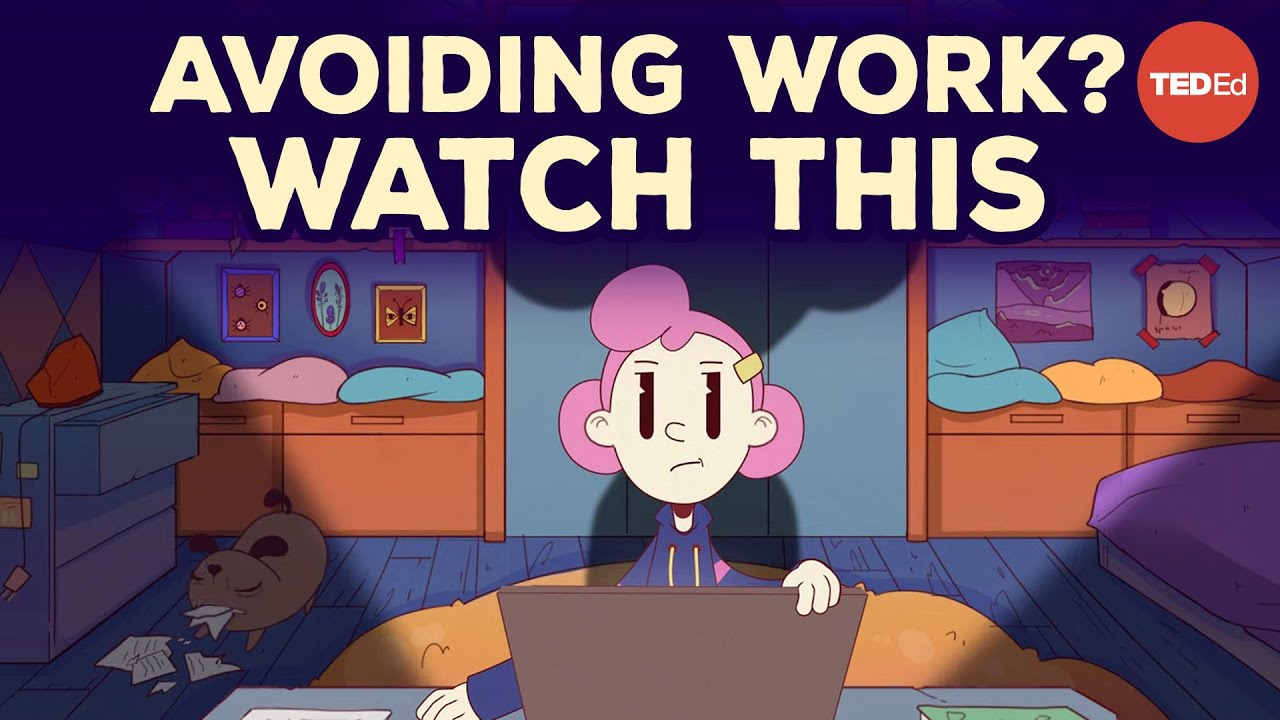Conehead Egg Stacks And Anteater Attacks – The Reign Of A Termite Queen
Chat With Your XTutor About This Video Lesson
Lesson Article
The Intriguing Life Cycle of Conehead Termites
Imagine tens of thousands of conehead termites swarming in the Panamanian air, each one embarking on the only flight of their lifetime. This spectacle is not for the faint-hearted, as these termites face numerous threats during their journey. Despite the dangers, these determined creatures are driven by a powerful instinct to reproduce and ensure the survival of their species.
The Flight of a Lifetime
Each termite bravely navigates through a barrage of predators, lands safely, and sheds its wings. They then secrete pheromones to attract a mate. Once paired, the couple quickly retreats into the safety of a rotting tree stump, their first home. But they are not alone. Unlike most termite species, conehead termite colonies can house multiple queens and kings, and our pair is soon joined by other termites ready to reproduce.
Building a Colony
Working together, they excavate a chamber in the stump, seal the entrance, and start their family. The offspring that hatch bear little resemblance to their parents. They are smaller, wingless, eyeless, and sterile. Some of them, the soldiers, possess the species’ trademark conspicuously shaped heads. These soldiers set out to scout for dead wood, laying pheromone trails for the rest of the offspring, the colony’s workers, to follow and reinforce as they retrieve food.
The Role of Termites in the Ecosystem
As termites collect and decompose plant debris, they return essential nutrients to the soil, promoting the growth of more vegetation. Gradually, worker termites expand the colony’s central chamber as they groom and feed the royals and the upcoming broods. The tiniest termites can’t yet eat wood independently, so the workers process it and gift it to the youngsters through their saliva and by regurgitating it into their mouths.
The Royals and Reproduction
With the workers managing groceries, construction, and childcare, the royals fully commit themselves to reproduction. The kings provide sperm on an as-needed basis, and the queens undergo radical transformations. Their abdomens develop efficient egg-laying machinery and extend dramatically. Each queen may produce hundreds of eggs a day. Meanwhile, a worker entourage retrieves and neatly stacks them into piles.
Building a Fortress
The colony grows quickly. Once its population is big enough, workers construct a system of tunnels stretching over 100 meters across the terrain, along fallen logs, and up into tree crowns. These tunnels shelter the termites as they travel to and from food sites around the clock. Eventually, they build a distinctive central nest using partially digested plant material, soil, and poop. They construct a massive egg-shaped structure, complete with numerous passages, chambers, and ventilation holes.
Defending the Colony
Deep within, they establish a royal cell that’s fortified with extra thick walls. But this architectural marvel attracts admirers, like an anteater. The termite soldiers launch a counterattack. They’re tiny and blind, but their heads function like squirt guns. They secure the anteater’s position using chemical signals, clench their powerful muscles, and shoot a sticky spray from their heads. The nest sustains some damage, but the royals remain undisturbed, pumping out eggs into their reinforced fortress.
Continuing the Legacy
As the colony matures, some of the young develop into reproductives. Most fly off to establish new colonies, while some saunter to nearby sites and become the monarchs of the colony’s satellite nests. With one of the longest insect lifespans, a termite queen’s reign can last more than 20 years. The original queens and kings eventually die, but by the time they go, several satellite nests are already thriving. Their reproductive offspring inherit the throne, meaning that their colony may persist for decades to come.
Discussion Questions
- What do you find most fascinating about the life cycle of conehead termites?
- Why do you think conehead termites are willing to face numerous threats during their flight to reproduce?
- How does the ability of conehead termite colonies to house multiple queens and kings differ from other termite species?
- What role do conehead termites play in the ecosystem and why is their decomposition of plant debris important?
- How do the termites in a conehead termite colony work together to ensure the survival and growth of their colony?
- What do you think about the significant role of the royals in reproduction and the commitment of the workers to provide for them?
- What are your thoughts on the construction of the fortress-like central nest by the conehead termites and their defense mechanisms against predators?
- Why do you think some of the young termites develop into reproductives and establish new colonies, while others become the monarchs of satellite nests?
Lesson Vocabulary
conehead termites – Termites belonging to the Nasutitermitinae subfamily, characterized by their cone-shaped heads. – The conehead termites are known for their aggressive behavior and destructive feeding habits.
flight – The process of an organism moving through the air using wings or other mechanisms. – Birds have the ability to fly, allowing them to soar through the sky.
predators – Animals that hunt, kill, and consume other animals. – Lions are apex predators that feed on a variety of prey in the African savannah.
wings – The specialized appendages of birds, insects, and some mammals that enable them to fly. – The butterfly gracefully fluttered its vibrant wings as it floated from flower to flower.
pheromones – Chemical substances secreted by animals to communicate with others of the same species. – Ants use pheromones to mark trails and signal danger to other members of the colony.
reproduce – The biological process of producing offspring. – Frogs reproduce by laying eggs in water, which later hatch into tadpoles.
colony – A group of organisms, such as ants or bees, living together in a cooperative and organized manner. – The ant colony worked collectively to gather food and defend their territory.
soldiers – Specialized individuals within a social insect colony that have specific roles in defense and protection. – The termite soldiers have large mandibles and are responsible for defending the colony against intruders.
workers – Individuals within a social insect colony that perform various tasks, such as foraging, nest construction, and caring for the young. – The worker bees tirelessly collected nectar and pollen to support the hive’s needs.
ecosystem – A community of living organisms and their interactions with their environment. – The coral reef ecosystem is home to a diverse array of species, including fish, corals, and sponges.
Share This Lesson:
- Categories: Biology, Earth & Space Science, Environmental Studies, Grade 4, Grade 5, Grade 6, TED Ed, Video Lessons
- Keywords: colony, conehead termites, ecosystem, flight, pheromones, predators, reproduce, soldiers, wings, workers








